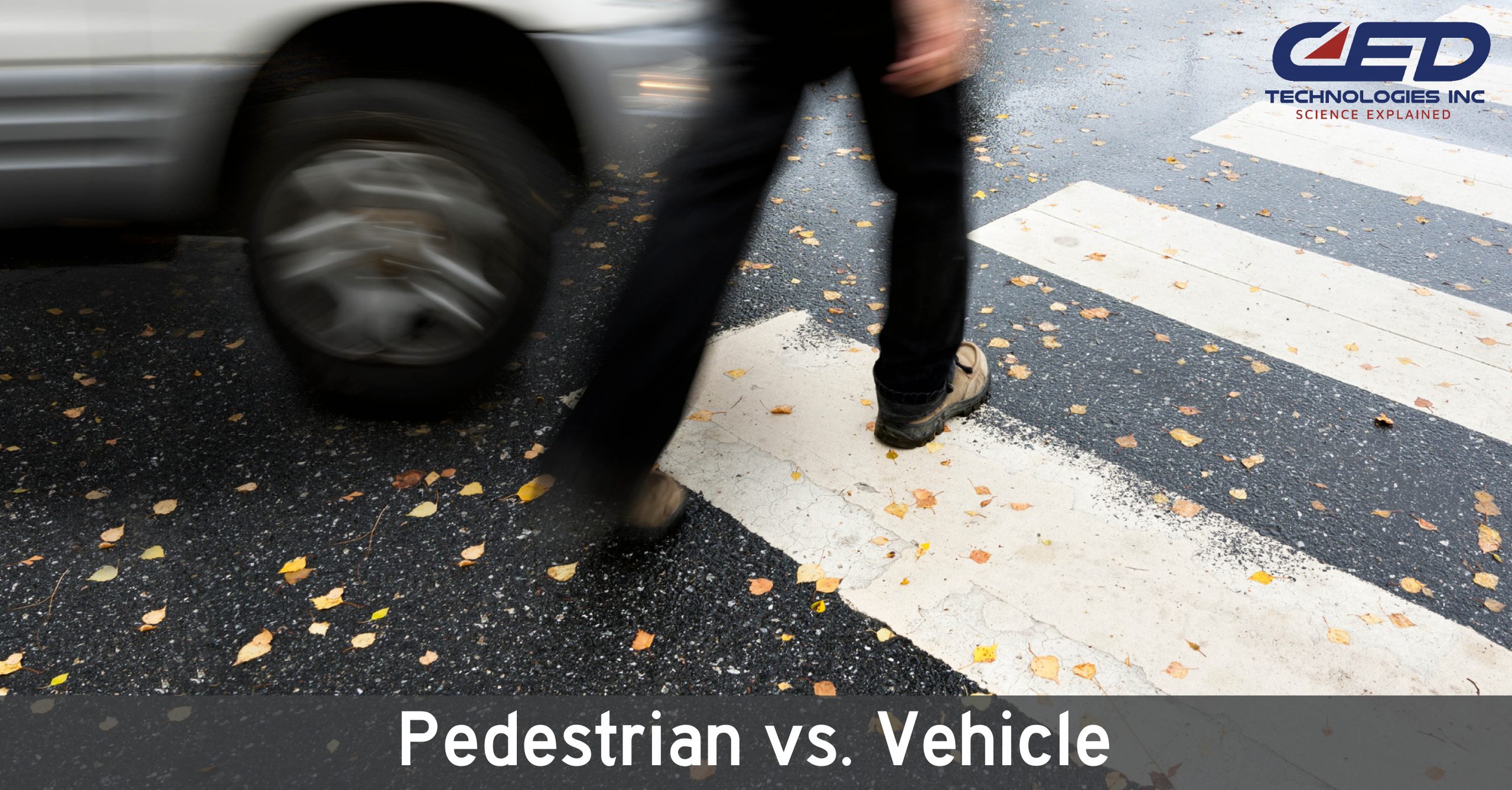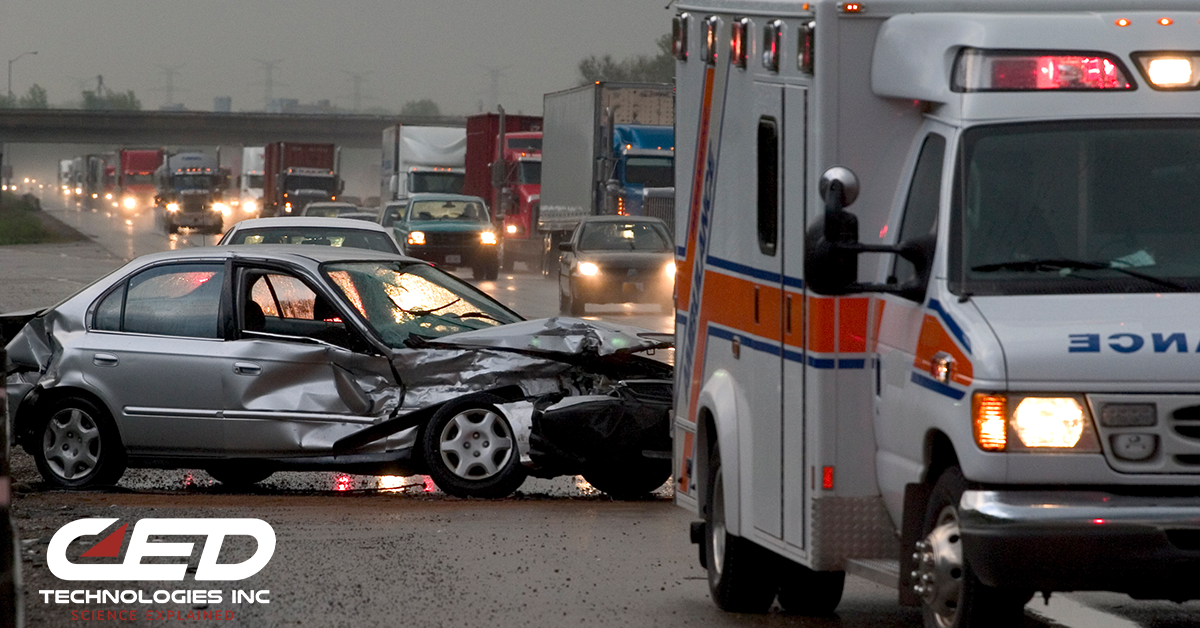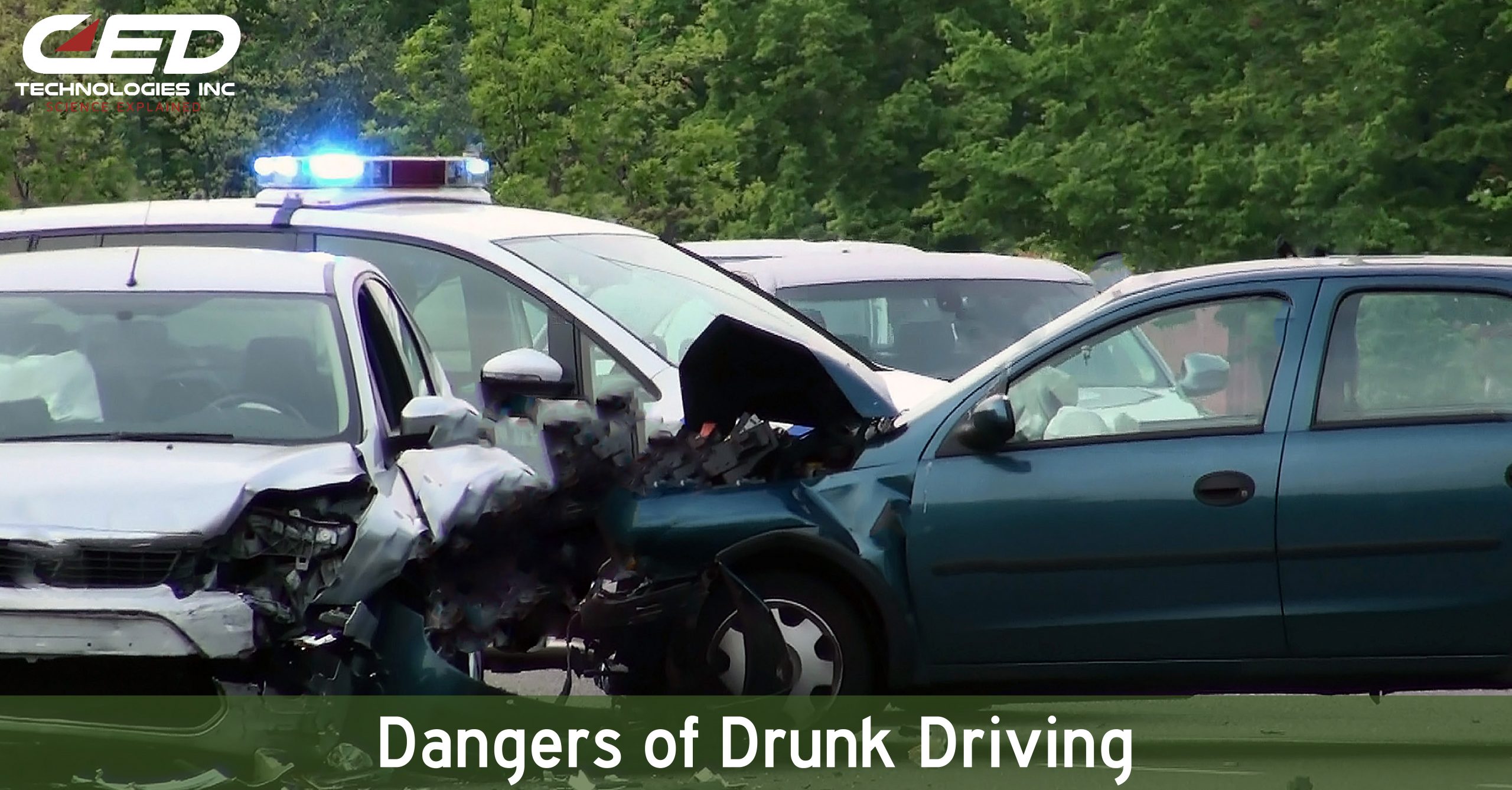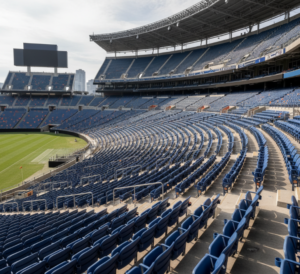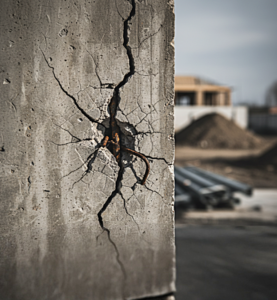According to the Governor’s Highway Safety Association (GHSA), a record 6,721 pedestrians were killed on U.S. roads in 2020, up 4.8% from 6,412 fatalities in 2019. The National Highway Traffic Safety Administration (NHTSA) defines a pedestrian as any person on foot, walking, running, jogging, hiking, sitting, or lying down. According to the GHSA, the fatality rate rose 20% in the first half of 2020 as speeding, distracted and impaired driving, and other dangerous driving behaviors increased during the COVID-19 pandemic, even as the amount of cars on the road decreased 13%.
What exactly happens when a car strikes a person? In moderate and high-speed vehicle versus pedestrian accidents, there are usually three phases: the initial impact, a trajectory, and then ground contact. Within the trajectory, the distance from the initial point of impact by the vehicle to the resting place of the pedestrian is known as the “throw distance.” The faster the car is moving, the larger the throw distance is.
If you were to observe someone standing still when a car hits them, as seen in this CED video, the following events typically occur:
- Initial Impact – The car bumper will likely hit the leg or the knee joint. The thigh may contact the edge of the hood. The body may wrap around the front of the vehicle depending on the shape of the vehicle and speed. The head and upper body may hit the hood or windshield.
- Trajectory – After the lower and upper body are impacted by the vehicle, the body may be thrown forward and upward relative to the car.
- Ground Contact – The pedestrian will impact the ground. The point of contact depends on the speed and height of the car and the height of the pedestrian. A tall adult getting hit by a fast Chevy Suburban will be different than a short child struck by a slow Honda Accord.
Pedestrians generally endure more severe injuries on the vehicle-impact side of their body. As our previous article explains, “the primary point of impact in a pedestrian hit is seldom the principal cause of injury or death. It’s usually the secondary impact (head hitting windshield or ground) or tertiary impact (head/body hitting ground after hitting windshield) that causes the most life-threatening injuries.”
Injuries are very possible when a car hits a pedestrian, but if such an event occurs, CED can help find the cause of alleged injuries and also determine the speed of the vehicle. Parking lots can be a common location for these accidents, raising the additional question of premises liability concerns. The engineers in CED’s Transportation Group have decades of combined experience investigating vehicular crashes with pedestrians. If you require our comprehensive expertise, contact us or submit a case review online.
Click Here To See Our Full List of Experts Click Here To Submit an Inquiry about a possible Claim or Case.
